Metropolitan Hilarion: Through holy images we come into contact with the realities of the spiritual world
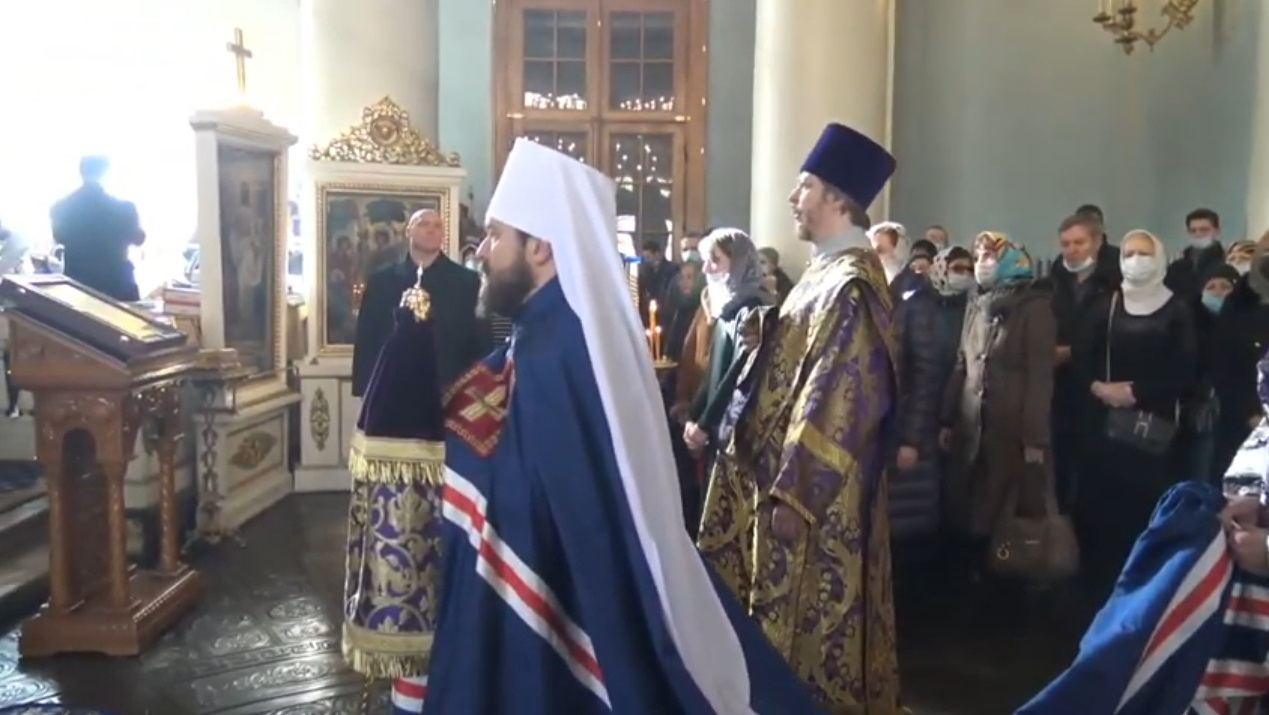
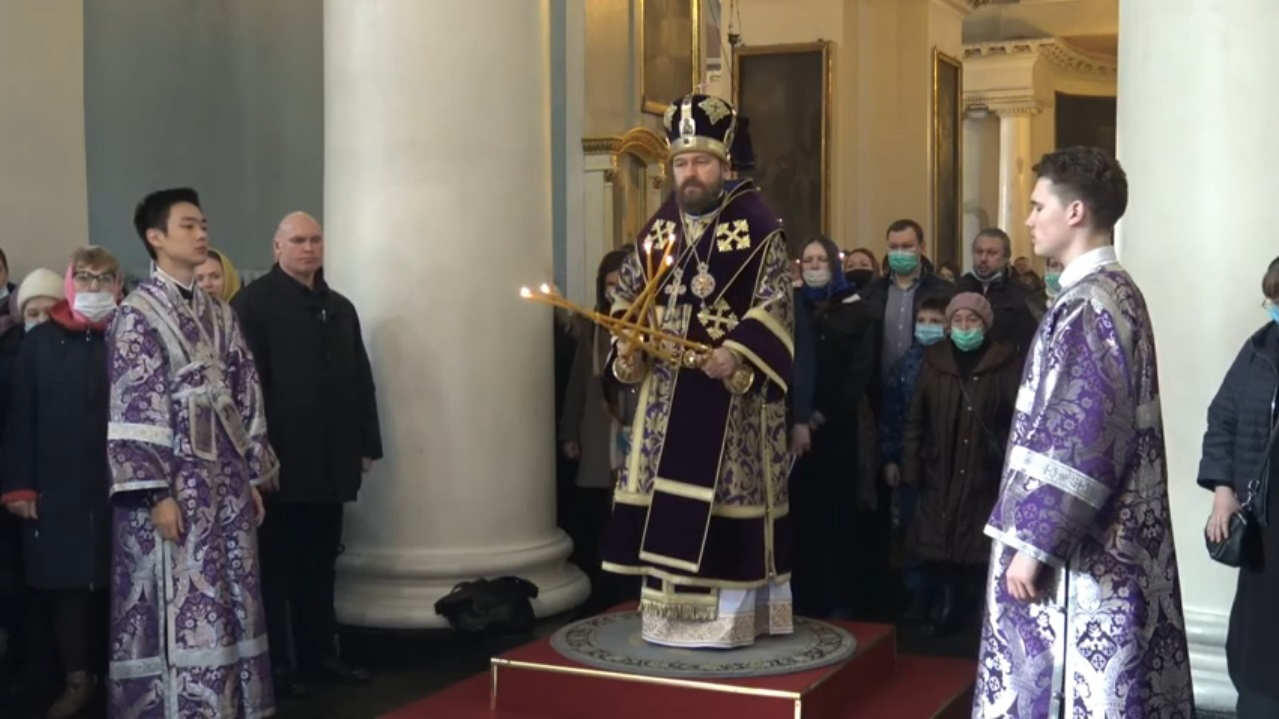
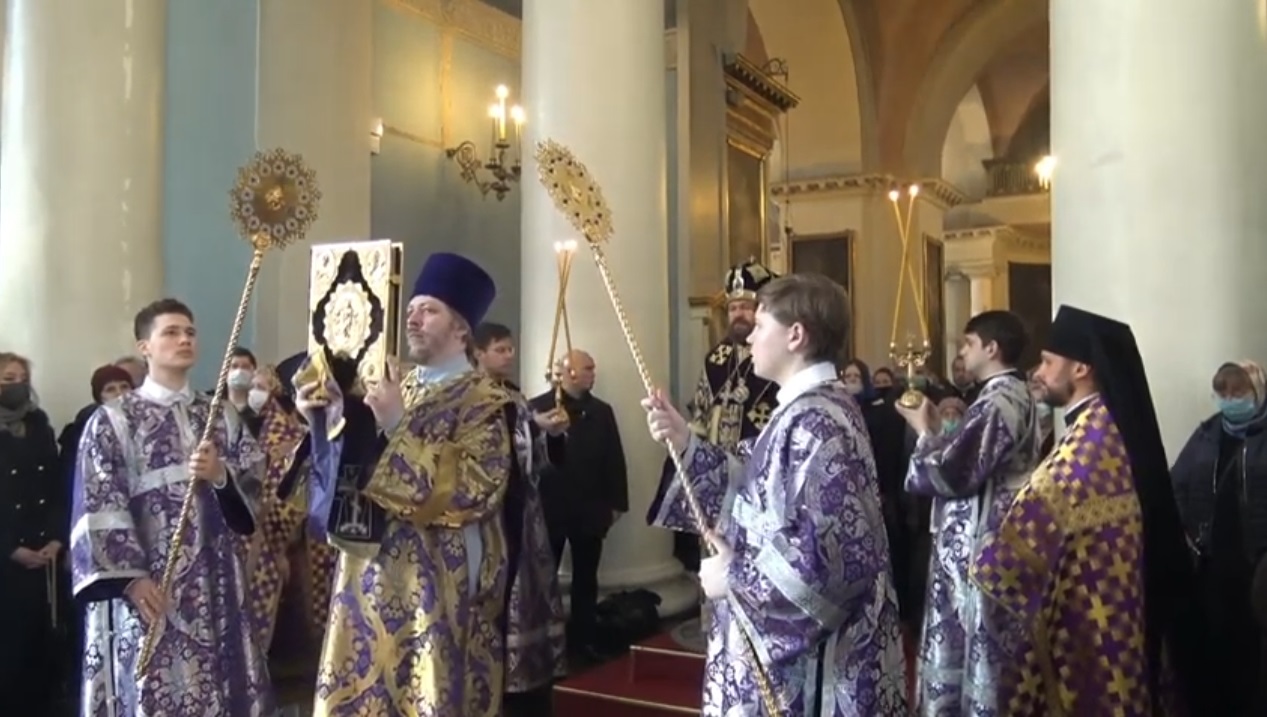
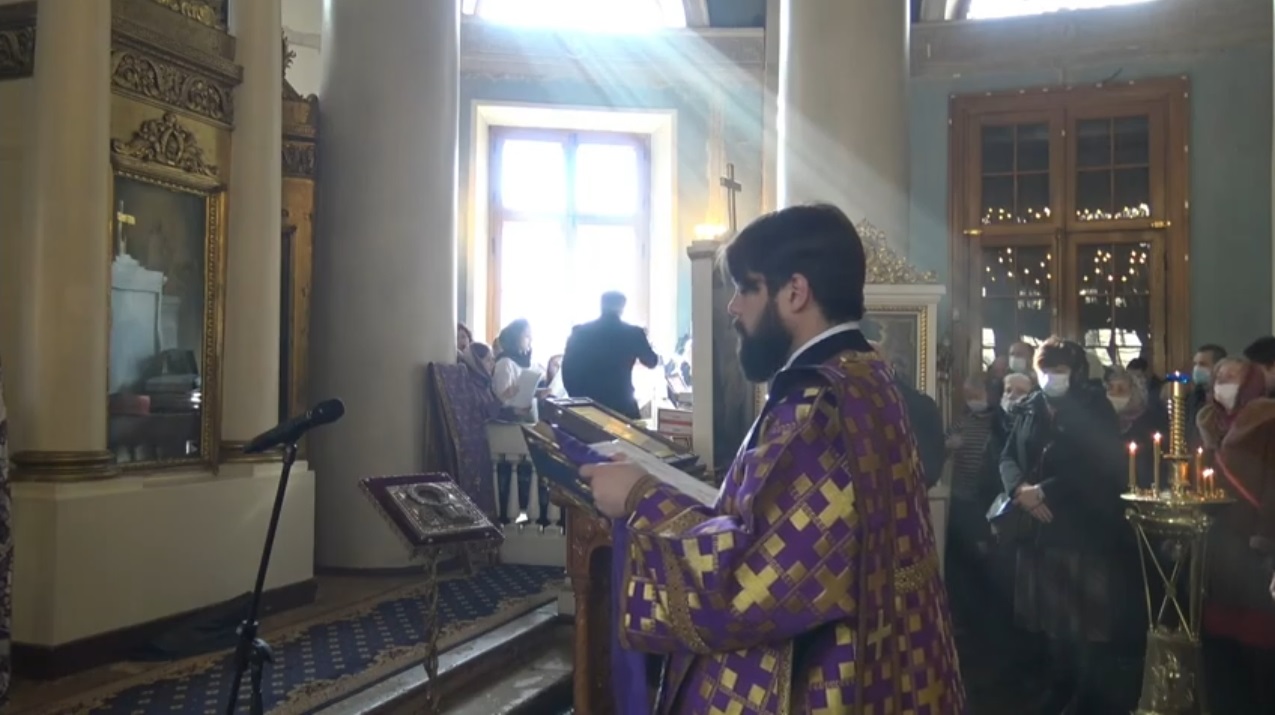
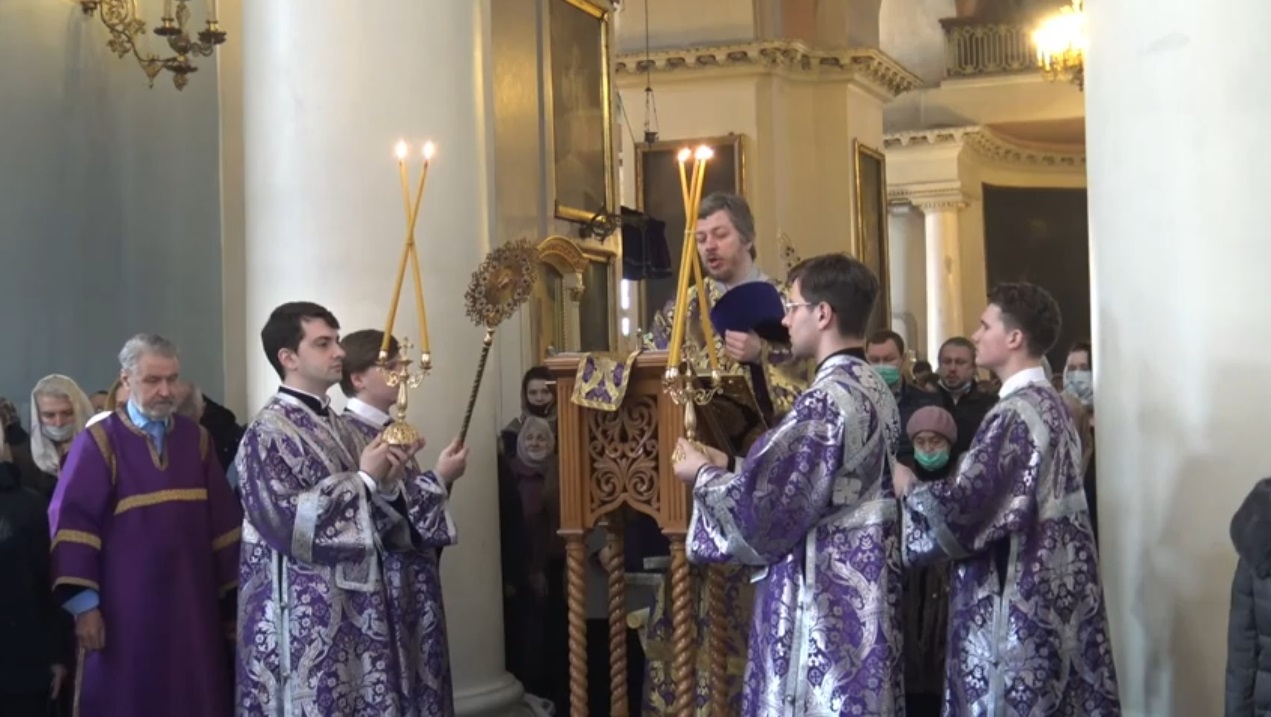
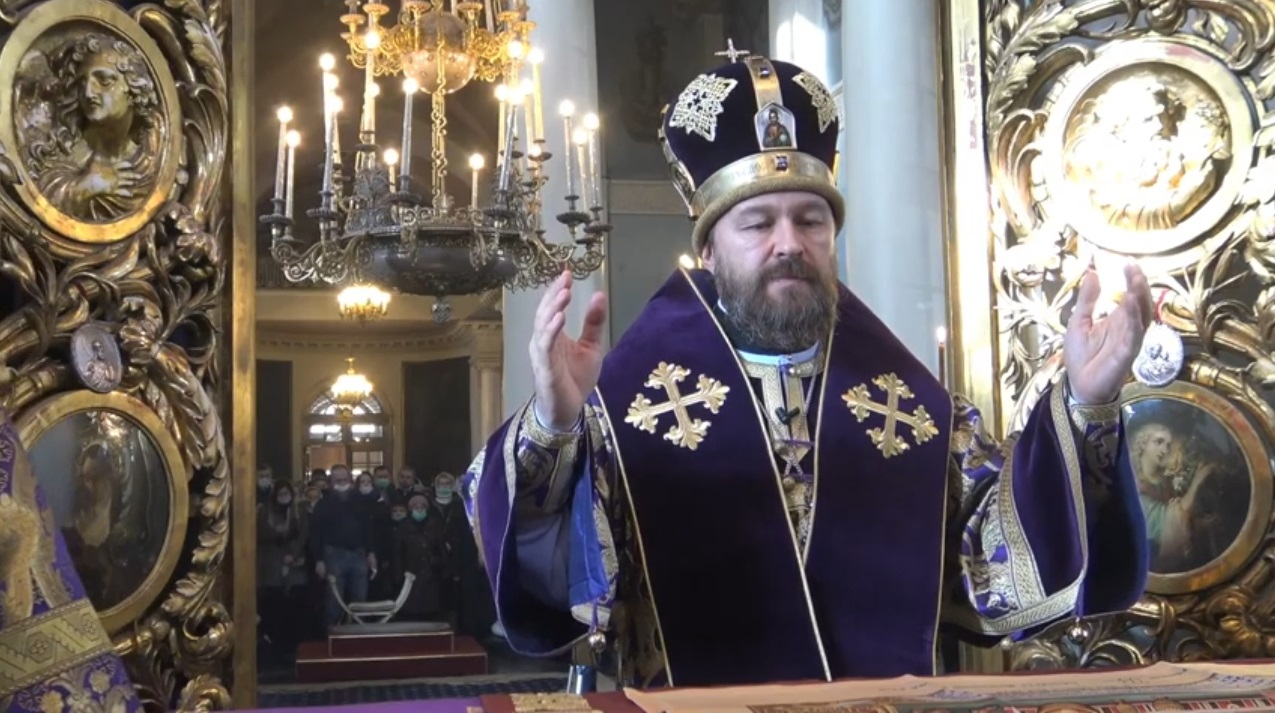
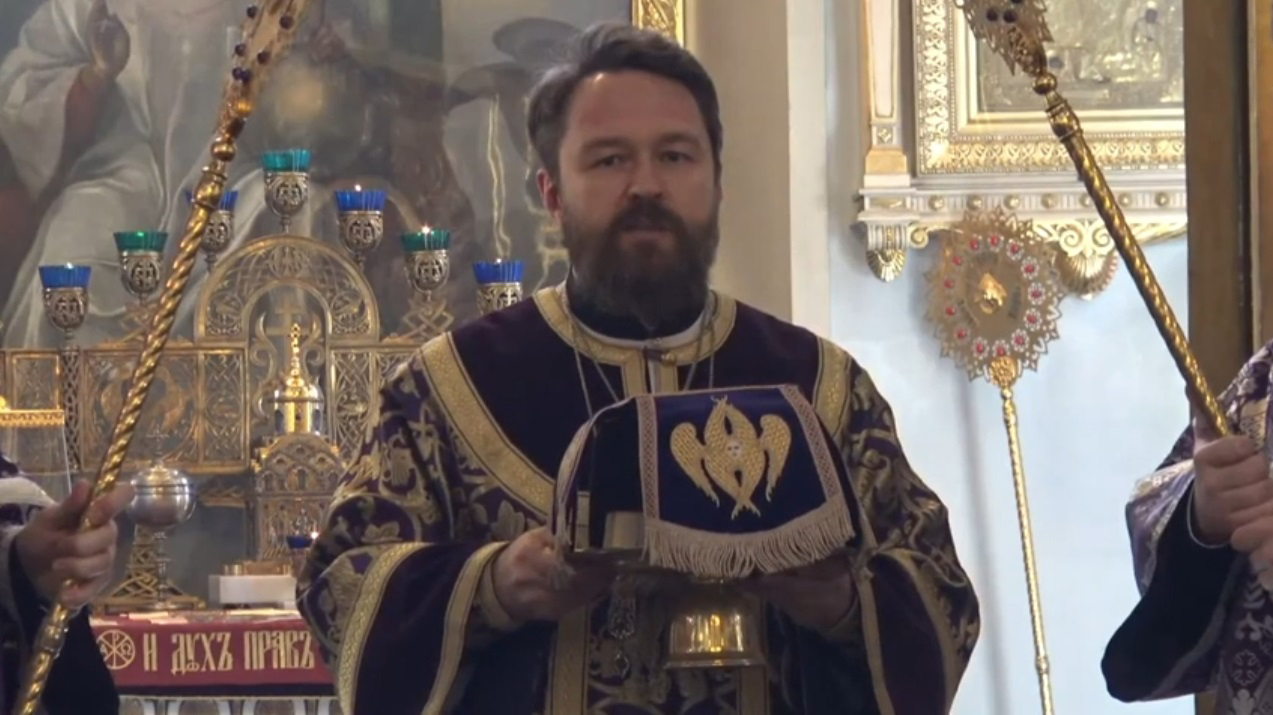
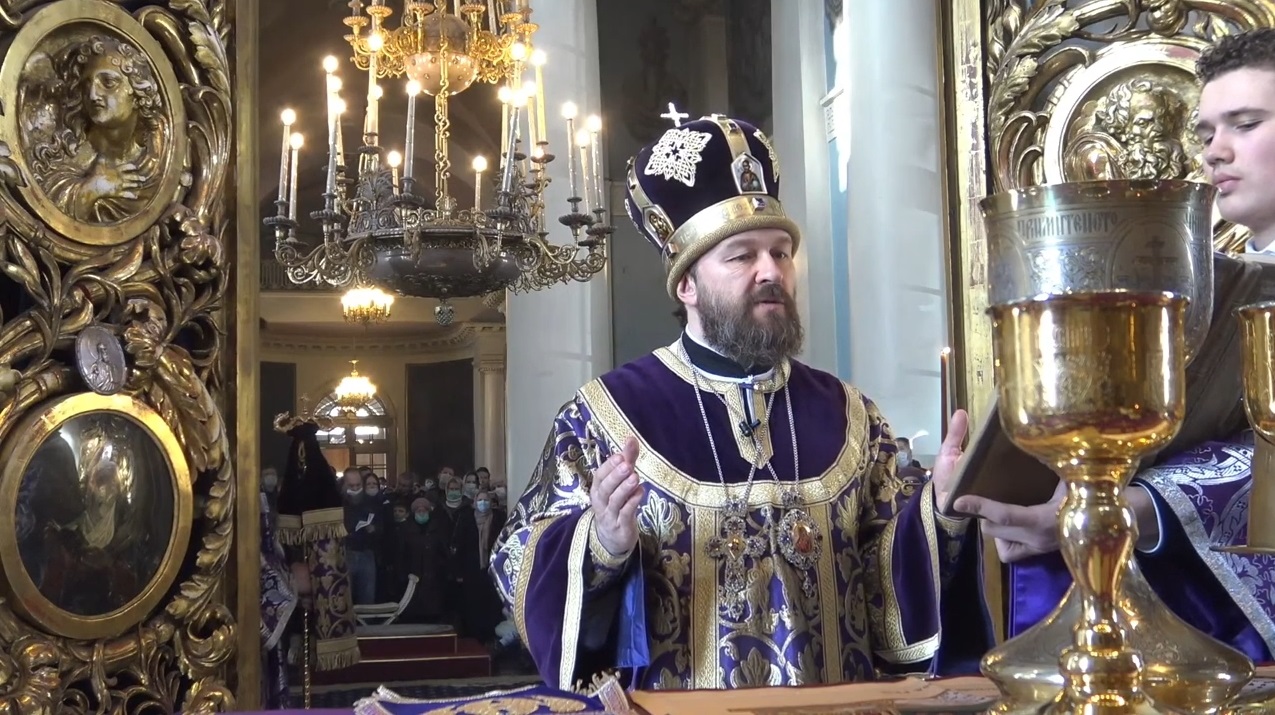
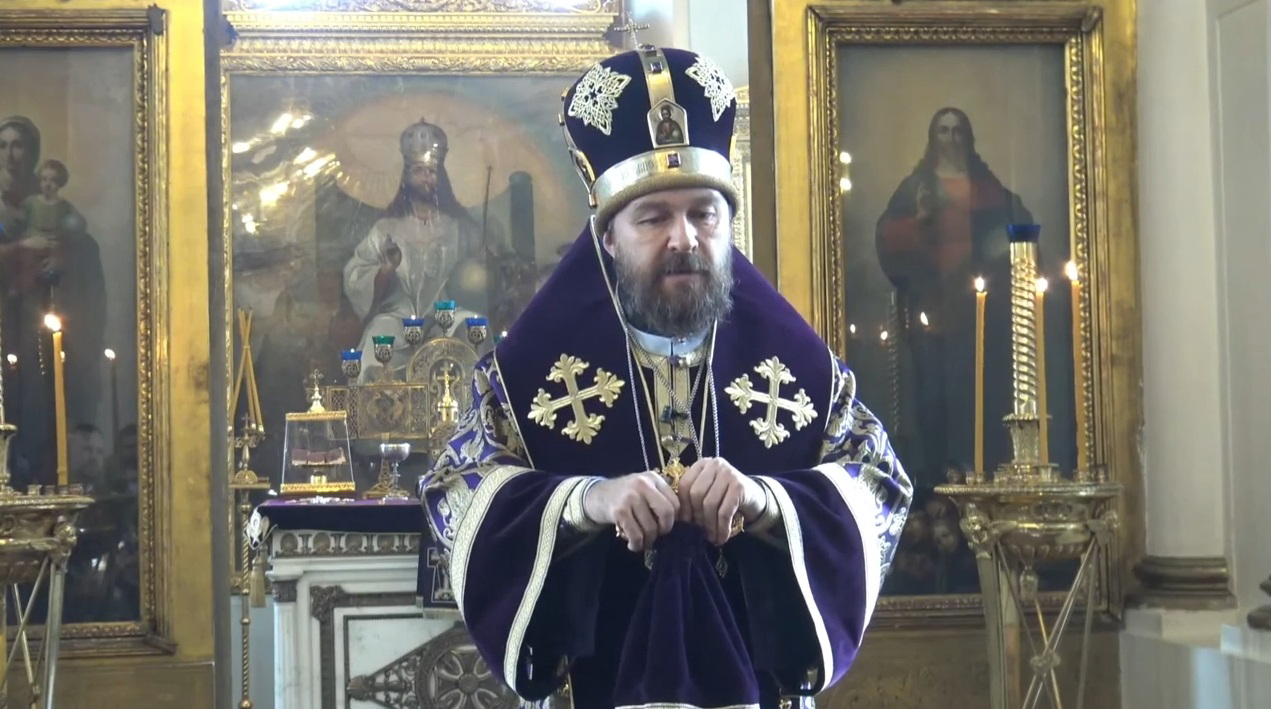
On the 21st of March 2021, on the fay of the Feast of the Triumph of Orthodoxy, Metropolitan Hilarion of Volokolamsk, chairman of the Moscow Patriarchate's Department for External Church Relations celebrated the Divine Liturgy of St. Basil the Great at the Moscow church of “Joy to All the Afflicted” icon of the Mother of God on Bolshaya Ordynka street. Clergymen of the church assisted the archpastor.
During the Litany of Fervent Supplication, petitions were offered up for deliverance of the coronavirus infection.
After the Litany, Metropolitan Hilarion lifted up a prayer recited at the time of the spread of baneful pestilence.
Then the Archpastor addressed those present with a sermon, saying:
“In the name of the Father and the Son and the Holy Spirit!
On the first Sunday of Great Lent, we celebrate the Triumph of Orthodoxy in honour of the events that took place in the 9th century, when the iconoclastic heresy was finally defeated. To understand the importance of this celebration, you need to delve into the history of the Church.
In the first centuries of Christianity, there were few sacred images. Even when churches were built, there were not so many sacred images in them, as we are used to seeing now. For example, there was no iconostasis. There was an altar barrier that did not hide the altar from the eyes of the faithful. Sometimes sacred images were placed on the altar barrier, and sometimes they were not.
But gradually, especially after the Church withdrew from the catacombs in the 4th century, the construction of churches began throughout the Roman Empire, and at the same time icon painting and mosaic art began to develop. Not many monuments of icon painting and mosaic art of the 5th, 6th, 7th centuries, that is, before the iconoclastic time, have survived. But by those monuments that have survived, we can judge what early Christian fine art was like.
Under the influence, apparently, of some teachings that developed outside the Church, perhaps, as some scholars believe, under the influence of the emerging Islam, the Byzantine emperors began to impose iconoclasm on the Byzantine society. The theory was as follows: God is invisible, and therefore He cannot be depicted in icons. But those who venerated icons knew about this anyway, without any iconoclasts, and the icons depicted what people saw with their own eyes. The image of God became possible with the coming into the world of Christ. God became incarnate, became a man, came to earth in the Person of Jesus Christ - the Son of God. The apostles saw Christ with their own eyes, and therefore the image of the Savior became possible for the next generations of Christians.
The Gospel tells us about God Incarnate - the invisible God Who became visible. This is what formed the basis of veneration of icons - not just as a liturgical practice, but as a dogma of the Orthodox Church.
To imagine what iconoclasm is, let's try for a moment to be in that time. Imagine that you go to the same church year after year, decade after decade. In this church, there are icons on the altar barrier, and sacred images on the walls. But one day, having come to the temple, you suddenly see that all this is removed. Only bare walls remained and, perhaps, instead of icons, a cross was inscribed in the middle of the altar — not with the image of the Savior crucified on it, but simply a four-pointed cross.
For you, such an experience will not only be aesthetic - it will be a blow to the very heart of your faith. When the iconoclasts destroyed sacred images, removed them from the altar barriers, scraped frescoes from the walls, knocked down mosaics with hammers, the church people, especially monastics, perceived this as a threat the very foundations of the Orthodox faith.
The VII Ecumenical Council restored the veneration of icons, and it was then that it was proclaimed as a dogma that the invisible God became visible, which means that we can depict Him in icons. Not the God of hosts, as depicted in some much later frescoes, namely the Lord Jesus Christ - the Incarnate God. The icons can depict stories about the Gospel events. The Most Holy Theotokos and saints can also be depicted in icons, because here, on earth, they carried their exploit. The saints were people like all of us, but they reached spiritual heights, and looking at them, we are inspired by their deed.
In the ancient Church, icons were perceived as the Gospel for the illiterate. Let's not forget that in those days, very many did not know how to read at all. And they learned the truths of faith through oral tradition, the preaching of a priest, and the reading of the Gospel in a church. When these people came to a temple filled with sacred images, the images themselves were for them a reminder of what they heard from the lips of a priest or deacon reading the Gospel or preaching a sermon.
Despite the fact that the iconoclastic heresy was condemned by the Ecumenical Council, it was not immediately possible to defeat it. As has happened many times in the history of the Church, even after the heresy was condemned, it continued to exist.
So, for example, in the 4th century at the 1st Ecumenical Council, the Arian heresy was condemned, but, nevertheless, throughout the 4th century it continued to exist, and in order to condemn and defeat it once and for all, another Ecumenical Council was needed.
After the VII Ecumenical Council, iconoclasm again raised its head. And only in the middle of the 9th century it was finally defeated, when the pious Empress Theodora restored the veneration of icons, and the current celebration was established in memory of this event.
It is difficult to imagine what the Church would be like if it did not have icons - not only aesthetically, it would look and be perceived quite differently. It would be a Church with a different theology, because the icons that we see on the walls of churches and in the iconostasis are a living evidence of the deification of a person about whom the Holy Fathers wrote.
The people depicted in the icons are special. They were of the same flesh and blood from which you and I were created, but they reached a special spiritual state that many others could not achieve. This condition in the theological language of the Greek Fathers is called deification, that is, when a person is completely united with God, and his human nature becomes permeated with the Divine presence.
The Lord Jesus Christ is the God-man. In Him, two natures - the divine and the human - are undiminished, unchanged, unconfused, and unmixed. As the Holy Fathers said, there is an interpenetration between the two natures of Jesus Christ - His human nature was completely deified. Therefore, when we read the Gospel, in what the Lord said or did, we cannot separate the divine from the human. Christ, as a true Man, experienced what is characteristic of human nature: He was tired, He slept, He wanted to eat and drink; He experienced emotions and felt angry, happy, etc. At the same time, Christ manifested Himself as the Incarnate God: He performed miracles, walked on water, raised the dead. And His words are not the fruit of human wisdom, erudition, upbringing or education, but the words of God emanating from the mouth of the Lord Himself.
The deification of saints is different from the deification of Christ. The saints whom we venerate and depict on icons in earthly life were ordinary people, not god-men. They had only one human nature, but thanks to their holiness, thanks to the fact that they constantly lived in a sense of the presence of God, performed feats and miracles, their human nature also turned out to be permeated with the Divine presence. It is this state that the holy fathers call deification.
On the holy icons, painted according to canonical models, we see the theology of deification expressed in colors. On icons, people are depicted in a slightly different way, in a special way. Even the saints of recent times, whom we know from photographs, look different on icons. We can recognize the human face of this saint, but at the same time before us is no longer a photograph or a portrait, but an icon - an image of a person deified and transformed. In this sense, all icons are edifying for us, for they show what a person can and should be, what holiness he is able to achieve, and already in earthly life, to unite with God.
The Lord has honoured us to eneter into the very core of religious life - through contact with the foundations of our Orthodox faith. This is precisely the Triumph of Orthodoxy: we learn our Orthodox faith not only from books, but we experience it in our own spiritual experience. And in this experience, everything is necessary for us: the temple of God, and Church sacraments, and sacred images in iconostases and on the walls of churches, and church singing, and liturgical poetry. All this is important for us, because through holy images God Himself is revealed to us and we come into contact with the realities of the spiritual world. That is why the celebration of the Triumph of Orthodoxy has been established in the Church for eternity.
We will thank the Lord for the fact that our Church at an early stage of her life overcame the temptations of iconoclasm, defeated other heresies, and up to the present time she has preserved and will preserve the Orthodox faith until the end of the time.
A joyous feast to you all!"
DECR Communication service
